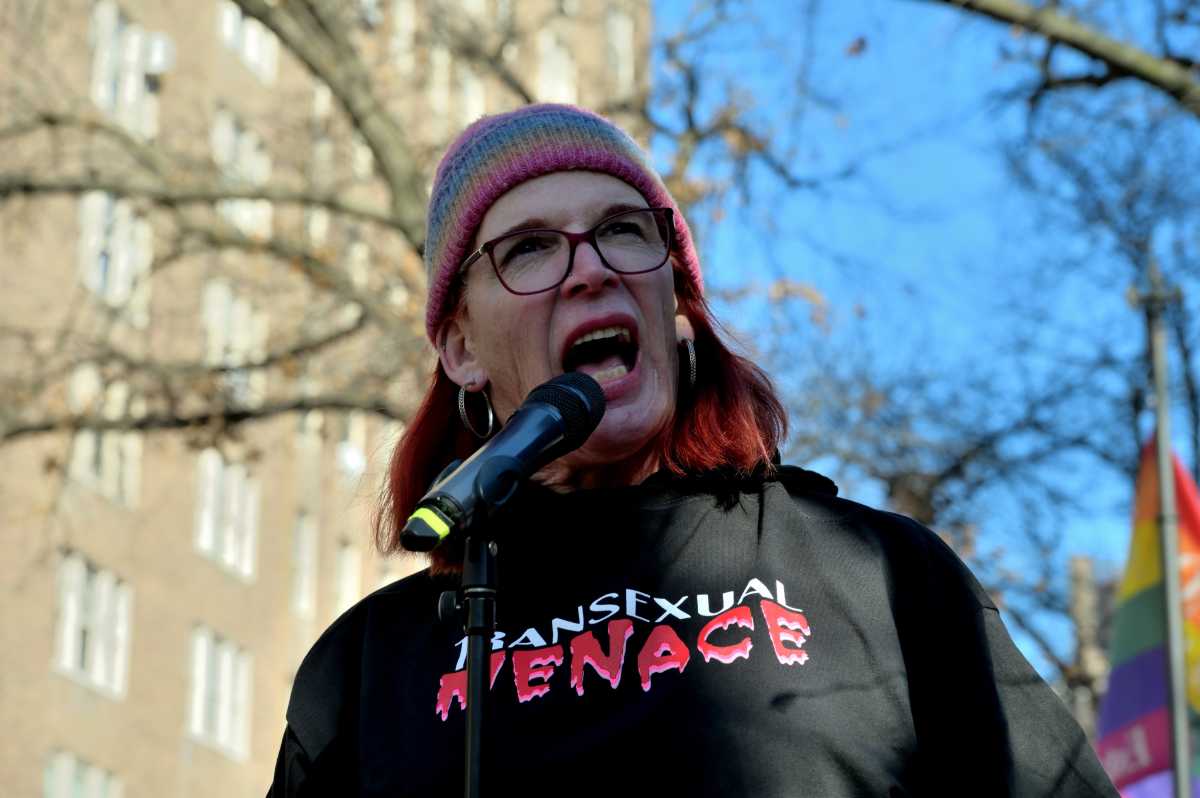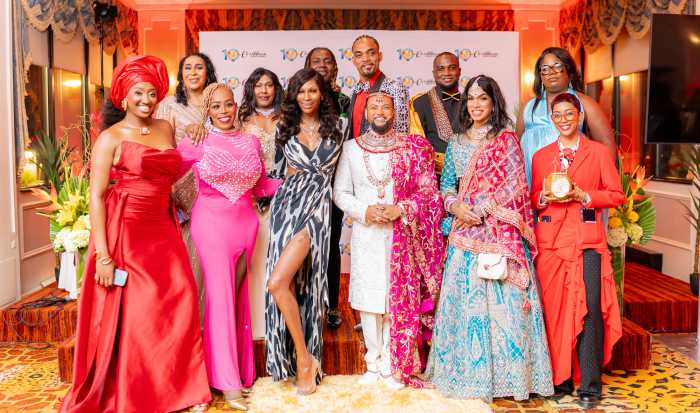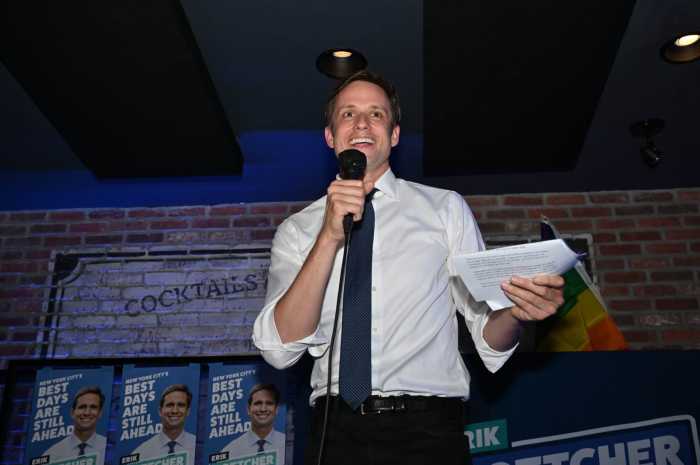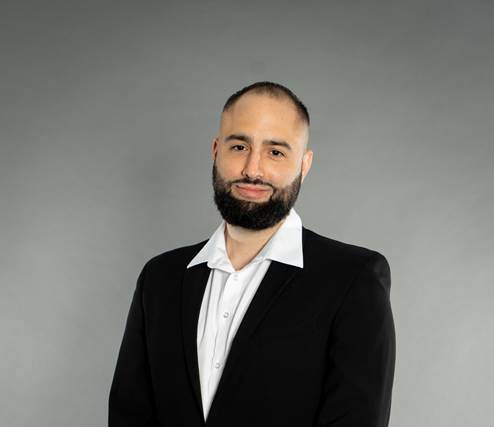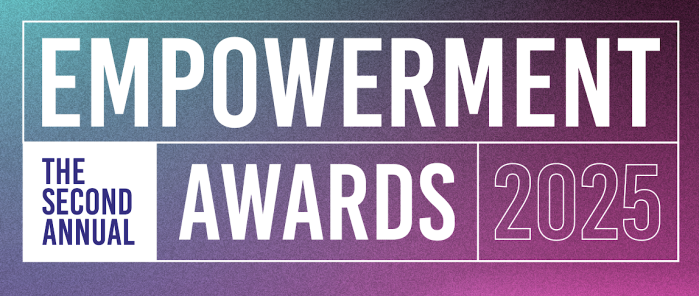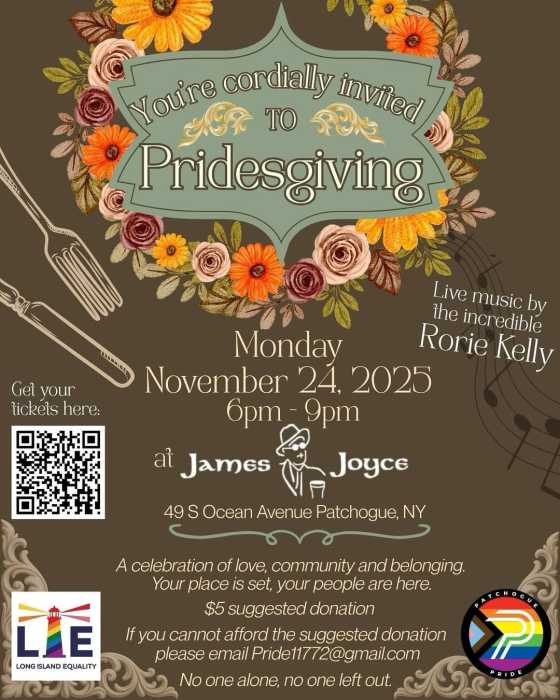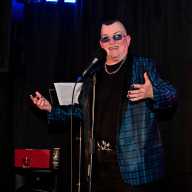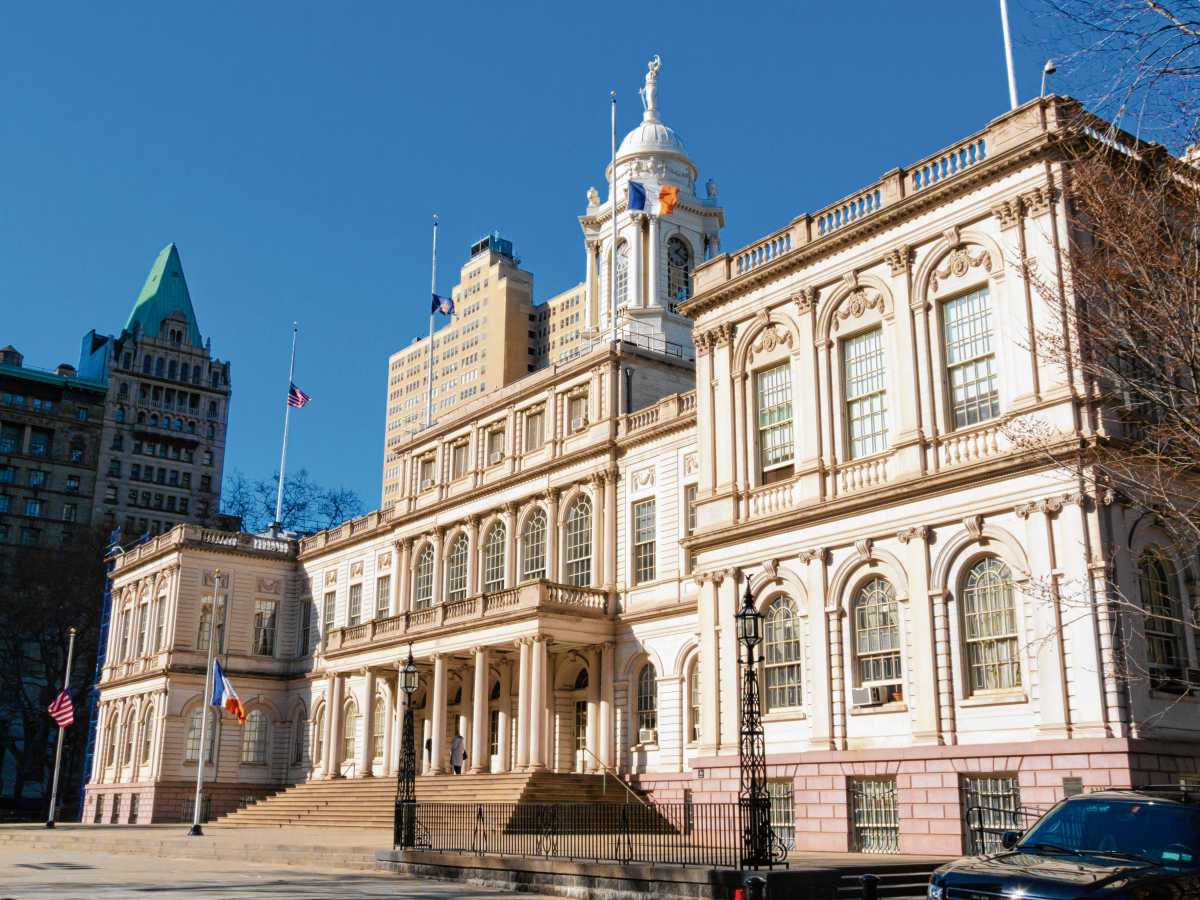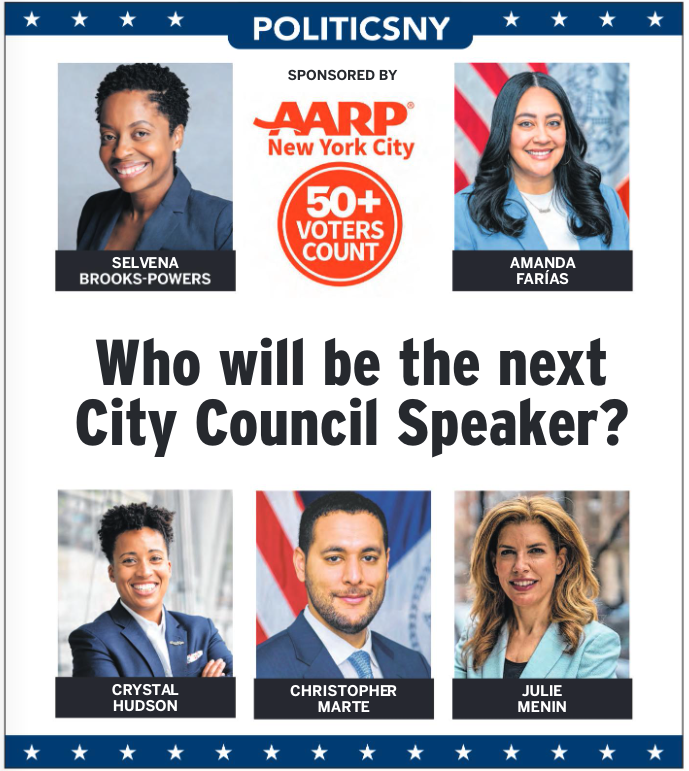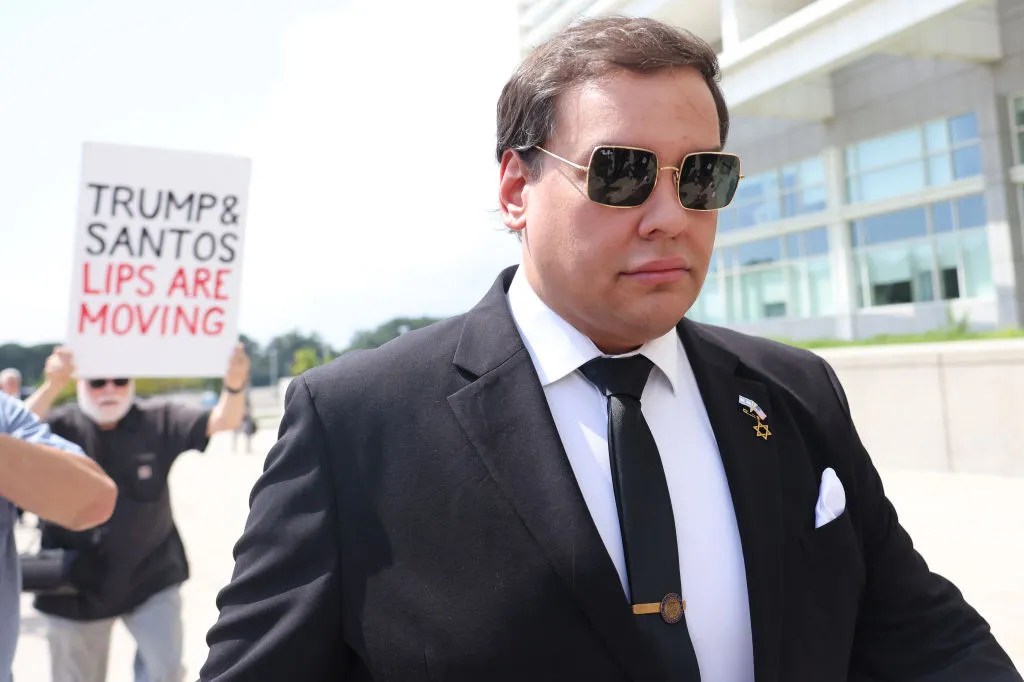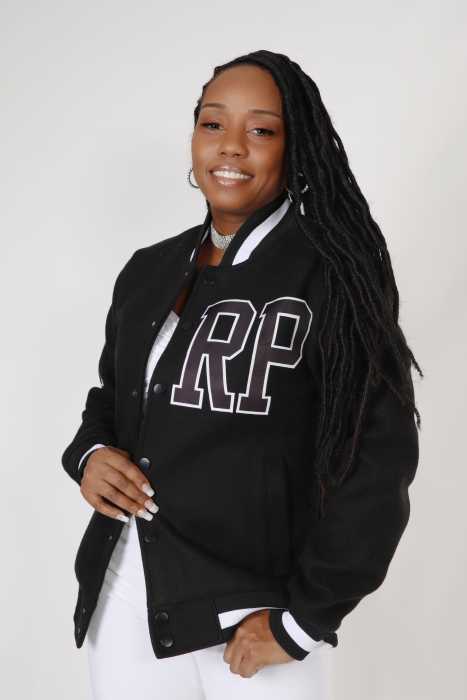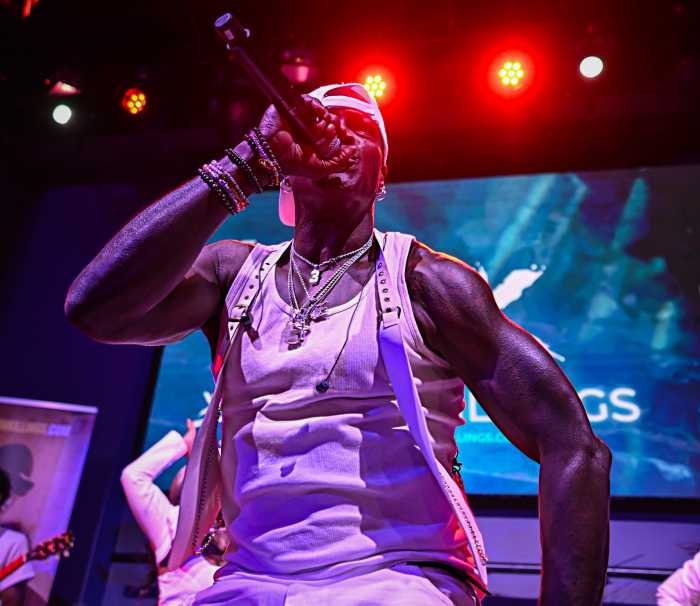There were some 40 of us that mild day in a half dozen cars on our way to the Falls City courthouse, where the killers of Brandon Teena — murdered two years earlier on Christmas, 1993 — were to be sentenced. Almost all of us were wearing black T-shirts, with the name “The Transexual Menace” in dripping red Rocky Horror Show letters.
Among us were “Stone Butch Blues” author Leslie Feinberg, playwright Kate Bornstein, and Kimberly Peirce, a young, wannabe New York filmmaker researching an unlikely passion project about Brandon tentatively titled “Boys Don’t Cry.”
Alerted to our presence, around noon the local neo-Nazis came around in their pick-up, shouting obscenities, spitting at us, and trying to run some of us down as we stood vigil or held posters of Brandon by the side of the road.
The local sheriff’s department, the same one that was largely responsible for Brandon’s murder when they told the two men who had raped him that Brandon had sworn out a statement, now had to come out and protect us.
During that night in Kansas City, we bemoaned the fact that except for Brandon, the media always ignored the trans murders. Even the gay press wouldn’t cover us. A few of us resolved that from that moment, whenever one of us fell, someone would show up, and at least force the news media to cover us and publicly acknowledge the murder.
Even as we were feeling proud of our bold new plan, we learned that back East, a trans woman named Debra Forte had been murdered. You could see the blood drain from everyone’s faces.
From then on, beginning with Debbie, for the next two years, whenever we got word of another murder — every couple months — a few of us would leave our jobs for a couple days, book tickets to another city, and announce a Menace Vigil.
It was a brash plan.
Back then, transsexuals were like unicorns: No one had ever seen one in the wild. The term “transgender” wasn’t in use. All the national or state gay rights organization were proudly LGB-but-not-T. And trans people themselves were mostly focused on passing. We certainly didn’t out ourselves, and we were often terrified of being outed.
Moreover, trans people didn’t do politics. Anti-trans discrimination wasn’t seen as a civil rights issue, so there wasn’t much in the way of trans politics. Mostly the community, such as it was, came together at a conference held every month or so out on the interstate, somewhere it was safe to go “dressed.”
The idea of doing anything as outrageous as protesting was unheard of. So most times we called for murder vigils; if we were lucky, one or two dozen folks showed up, often mostly crossdressers, almost always all white.
But slowly, trans people got the idea that when one of us was murdered, or harassed and bullied, it wasn’t a personal failing — it was political, it was a civil rights issue. And no one gives you your rights — you have to take them.
On one hand, the Menace held vigils whenever a when trans person was murdered, while on the other we picketed the groups like American Psychiatric Association and (with Hermaphrodites with Attitude!) the American Academy of Pediatrics, transphobic articles at outlets like Esquire and the Village Voice, and for over a year every event held by the Human Rights Campaign — the last major hold out against trans inclusion.
But in 2014, HRC became the last major organization to include trans people, and then right after in 2016, the whole country seemed to rally around us as an unprecedented nationwide boycott of North Carolina broke out over a routine anti-trans bathroom bill: The NBA, NFL, ESPN, Demi Lovato, Maroon 5, Apple, Deutsche Bank, PayPal, and NASCAR (NASCAR?) — everyone seemed to join in. Even Bruce Springsteen and Ringo Starr, formerly of the Beatles, canceled concerts.
Attorney General Loretta Lynch announced on television that the Department of Justice was filing suit, and — in a remarkable personal aside — directly addressed the trans community: “We see you,” she said.
The AG, the Boss, and the Beatles? Trans had won. We’d arrived.
And then in a blink, it was all gone.
Trans was now the weakest link in the L-G-B-T chain, just as the Christian right — wounded and enraged after the Supreme Court legalized gay marriage — began looking for a new villain to relaunch its stalling 70-year anti-gay culture war.
And we were it. The tail was now wagging the dog.
Over 1,000 anti-trans laws were introduced into nearly every state, and hundreds passed, most of them targeting transgender kids, and the American public did…nothing.
We were on our own again. It was devastating.
And then his first day in office, Trump threw the entire weight of the federal government against us, just 1% of the country, including perhaps the stupidest and most petty act by the US Government since the Founding Fathers: scrubbing the T from “LGBTQ+” on the website for the Stonewall National Monument in the Village, which commemorates the modern gay rights movement launched when trans women of color rioted against the NYPD.
The trans community screamed with outrage. But this time, something was different.
A Menace protest was called and nearly 1,000 people showed up — hundreds in black Menace T-shirts, even those who were under 30 who weren’t born when we rolled the first one hot off the silk-screen.
And this time, there were not just white trans people, but every color and every identity in the queer rainbow, including straight people who were outraged as well.
The transgender nation is finally rising back up. We’re learning to fight again. And not a moment too soon.
Because transgender is the point of attack where white Christian nationalist blows will fall as they try to make us the butt of as much fear and loathing as possible.
There’s another social panic stalking the land: Now we’re “gender ideology” and “transgender insanity,” and suddenly we are leering at your daughters in locker rooms, preying on your wives and girlfriends in the restroom, and — along with drag queens — seducing and “grooming” your kids.
Sound familiar? It should. It’s the same old homosexual panic gamebook but with genderqueers this time as The Folk Devils.
As Denise Norris, Menace co-founder and organizer of the protest put it, “Demonizing trans is just a stepping stone to relaunching their war on gay, lesbian, and bisexual people. Trans-rights are the canary in the (LGBTQ+) coal mine.”
But this time, we have friends. If we come together, if we stay together, we can do anything. Two million trans people and 14 million queers is an unstoppable force.
Because at the end of the day, they can take my pronouns, my passport, my prison cell, my hormones, my bathroom, and my name — but I’ll still be here, I’ll still be trans. I’m not going anywhere.
And tomorrow, there will be more of me. Because we are the future of what gender looks like.
The Menace is BACK, baby!
Riki Wilchins posts a news ticker of trans stories at they break at @rikiwilchins.bsky.social and writes on trans theory and politics at: medium.com/@rikiwilchins. Her two last books are: “BAD INK: How the NYTimes SOLD OUT Transgender Teens,” and “WHEN TEXAS CAME for OUR KIDS: How White Evangelical Extremists Launched a War on Transgender Kids.”
Denise Norris has been a transgender activist for over 35 years, speaking internationally on transgender rights and visibility as well as an advocate for transgender and gender diverse workplaces.

